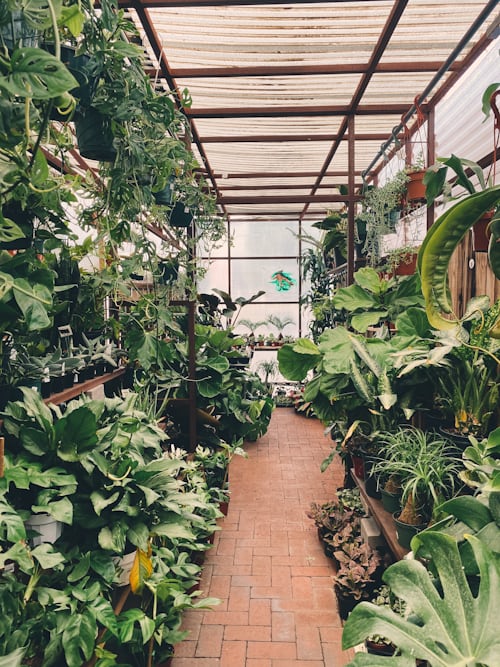The Four Fundamentals of Irrigation Design
Water is central to sustaining life. On a farm, that life is often diverse and spread out. Key to the farm’s success is an irrigation system that can efficiently and effectively hydrate a variety of crops over a significant distance. Many considerations will affect the design, such as the slopes and inclines of the land, the presence or absence of animals, fertilization schedules and the nearest sources of available water.
With those variables, it is easy to get overwhelmed by the design task. However, keeping four overall principles of irrigation in mind helps a farmer to develop an irrigation plan that provides sufficient coverage and is cost-effective. Such a design is of great help when ordering irrigation supplies online.
Diversion
The first goal of irrigation is to draw, or divert, water from its source. Ideally, the elevation at the source is such that gravity is a satisfactory impetus to move water toward the fields. In many cases, though, a pump is required for this task. Where gravity works, either a turnout or pressurized pipeline is adequate to access design the water and regulate its flow. Otherwise, farmers should rely on centrifugal pumps to lift the water from its source.
These can be mounted above or below the water surface, in a depression or dry pit. On the one hand, a sub-surface pump requires no priming or filling with water prior to operation. The disadvantage to this placement, however, is the difficulty in accessing the pump when it requires service. This is worth nothing for those who compare prices Onga pumps.

Direction
With the means of accessing the source in place, the next aim is to distribute the moisture to the appropriate fields. Pipelines and open channels are the common conveyance methods for doing so. The use of open channels has a distinct advantage in that it is cheaper—especially when the channel does not have a hard surface lining, membrane or sealant. Of course, the risk of seepage and evaporation is higher in an unlined artery.
The alternative to the open channel is the pipeline. With no chance of seepage, intrusion from weeds or hazard to humans, the pipeline holds advantages over the open channel. Yet, as the adage goes, you get what you pay for. Pipelines can be laid atop the surface or buried beneath, the latter providing greater protection against damage by farm machinery.
Delivery
A farmer needs infrastructure in place to provide for the volume and schedule variables among the fields. Once connected to transportable water, fields are specific regarding the manner of application. Sprinkler systems, for example, efficiently spread water droplets over the land surface, and work with various soil types and landscape contours.
Adjustable to a wide range of pressures, they require little supervision although the price tag at the irrigation shop is high. Trickle systems—releasing one drop at a time—work at lower pressures and target the root zone of crops. They are best when drainage and salinity must be carefully regulated, and can also be released through mist. Less expensive than sprinklers, trickle systems often require more ongoing attention.
Digestion
Crops fail for lack of moisture and for too much moisture. When they digest optimal amounts of water, their health is maintained. Regulating the flow of application is essential to the vitality of the plant. A well planned irrigation system accounts for flow at all of the principal choke points: meters, flumes, gates and ultrasonic instruments are all employed to provide enough water to ensure discharge in the correct volume and right timing.



:max_bytes(150000):strip_icc()/perennial-flower-garden-layout-5219484-hero-98d6bf293bf84f2e9aff39481210681c.jpg?resize=800%2C450&ssl=1)


